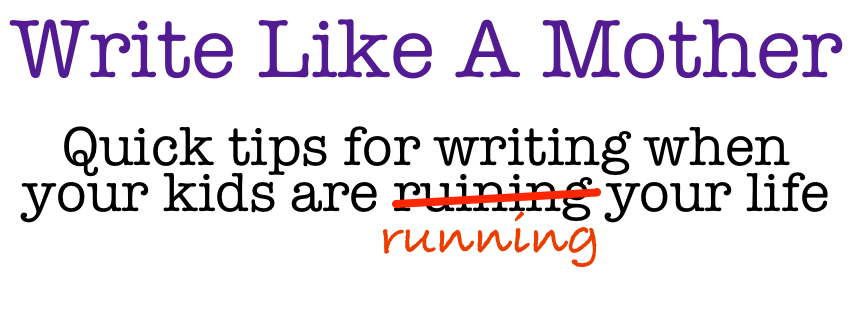For years, when I wrote my stories, I had no plan. I’d just have an idea stuck in my head, usually a character in a scene and I’d write that scene down with pen on paper. And sometime while I was writing that scene, I’d figure out what happened next. I’d continue that way until I ran out of ideas.
Sometimes, my ideas would continue until I had 30-40,000 words. Often, the ideas would stop around 15,000 words. I was fine with that. I was only writing for my own entertainment then. I’ve gone back to three of those “pantsed” novels now and I’m in the revision process. My editors have said the same thing about them. “You should outline these and make sure all the subplots are taken care of. Then you can start editing and revising.”
Well, hell. If I have to outline it anyway, I might as well try doing it before I write it. Maybe that way I’ll have a better chance of it all making sense. Maybe I won’t have to spend so darn much time editing and revising for big plot holes. Maybe it’d be easier to get the rough draft done. All of those maybes culminate with Maybe if I outlined, I’d get more of my stories out of my head and onto paper quicker, leaving me more time to dream up new stories.
I’ve tried various outlining methods.
- First Draft in 30 Days – Too in depth, I get bored when I know that much about my characters, setting and story.
- Save the Cat – Too many examples I don’t understand.
- Beat sheets – I liked these because it was a worksheet that I could fill in. But they had too many technical terms that weren’t really explained.
- Spreadsheet plotting
- Mindmapping
- The Snowflake Method
None of them really clicked for me. I’ve even done it my own way. Take a pile of little square sticky notes and write down all the ideas I have for stuff that happens in the story. (They’re not necessarily whole scenes, more like things that happen, beats of action.) Then I play around with those sticky notes until the order makes sense. This worked well for planning Alaskan Healing and Alaskan Hope.
Anyway, today I decided to make use of one of my tiny Moleskine notebooks. I’d been discussing ideas for a couple different books with my friend and wanted to get my ideas down before I forgot them. So, I filled out a simple beat sheet (found on the beat sheet link above) with an inciting incident, turning point, climax, denouement, etc. Then I took my little book and counted the pages (80 if I use both sides of each page) which works out great because my books run about 40 scenes.
So I took my beat sheet, adjusted the “word count goal” to 11,000 to get 40 pages. That told me what number each of the main scenes fell on in my 40 pages of the notebook. (The two books go together, so I’m outlining them together in the same Moleskine.)
Then I went through the Moleskine and added those main scenes on the correct pages. After that, I decided which scenes would be from what perspective (I’m doing alternate perspectives throughout both of these books. Male main character and female main character.) That way I knew that all of the left facing pages would be Character A and all the right facing pages would be Character B. I added scenes to the Moleskine as I thought of them, and as of right now I have a book completely outlined.
The second book has a few important scenes sorted out already, but not all of them. As they come to me, I’ll add them to the Moleskine.
As I get ideas for each scene that’s already listed, I can add that to the tiny notebook which I intend to have with me everywhere. (It’s really similar to how people plot with notecards, I guess) but it’s easier for me to keep track of one notebook instead of 40 cards. 🙂
